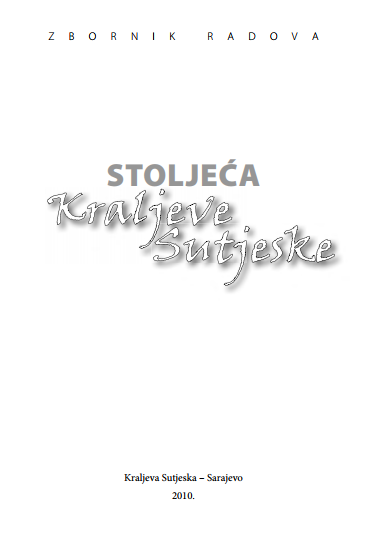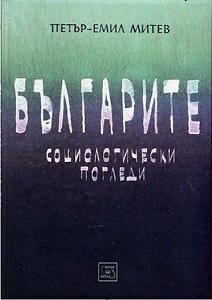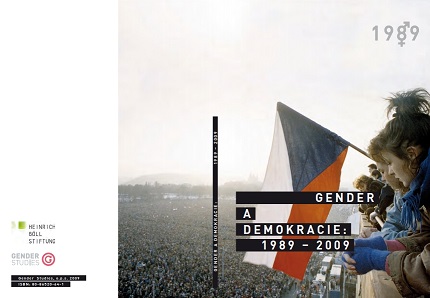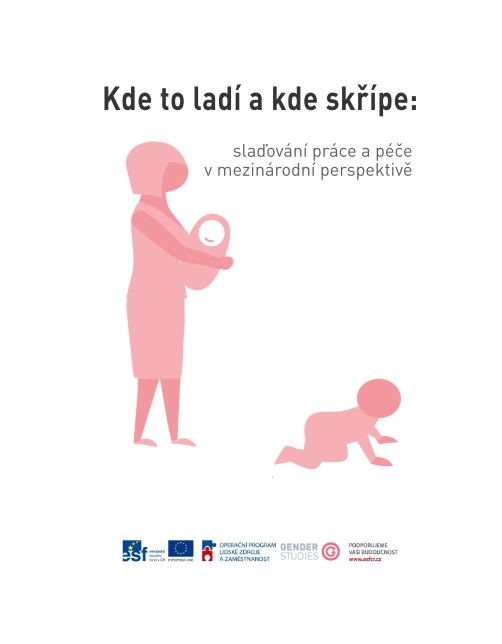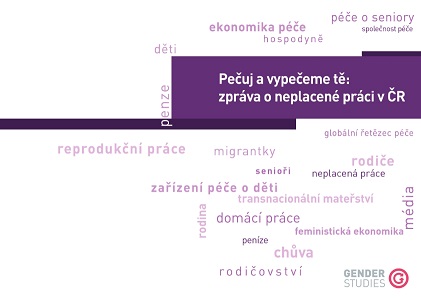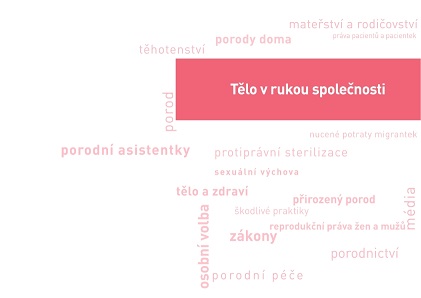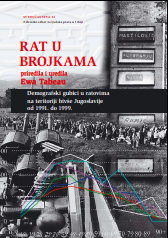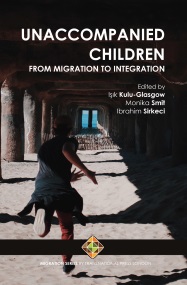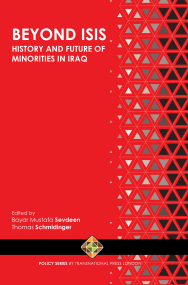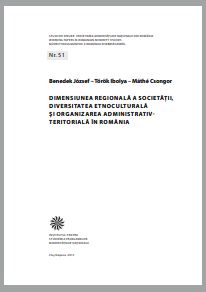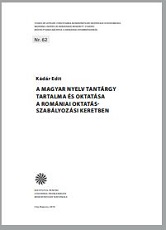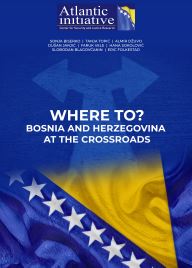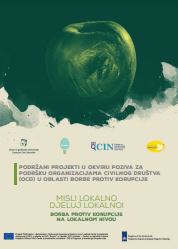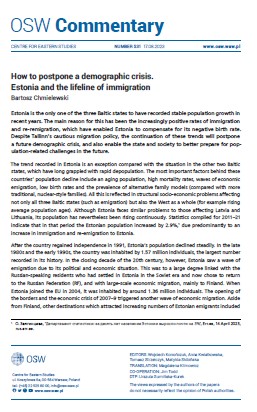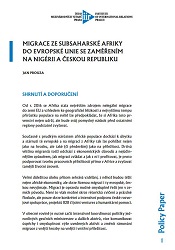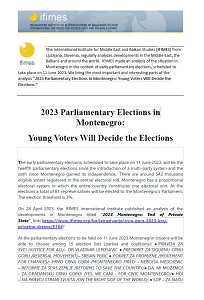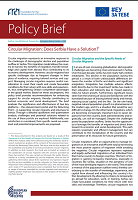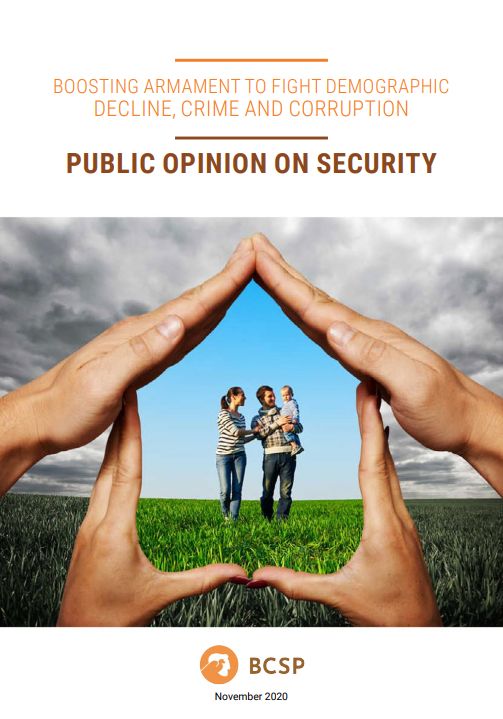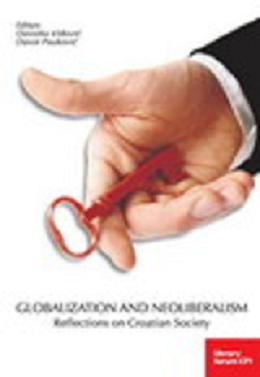
The two sides of globalization
There are two main difficulties in a discussion about globalization. The first is obvious in the tension between a demand for an applicable concept and a demand for an analytically extensive inventory of real processes that comes under the heading of globalization. The second is apparent in, it is not incorrect to say, the chaotic scientific archaeology, where patterns of thinking, which hardly conceal the needs or aims carried out in particular political or ideological programs have considerable importance. The expectation that these difficulties will be avoided in this paper is more than illusory. In addition, the demanding brevity of the paper (the organizer’s recommendation that this be limited to 5-7 pages) also needs to be taken into account. Thus, given the anticipated “genre-defining” scope of this paper it is difficult to exceed the limits of a few principal observations.
More...
